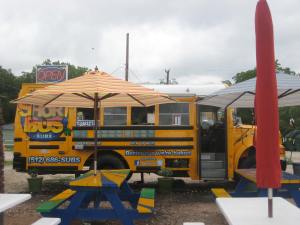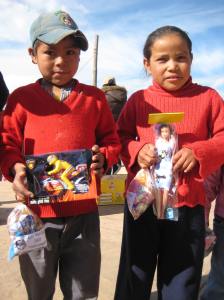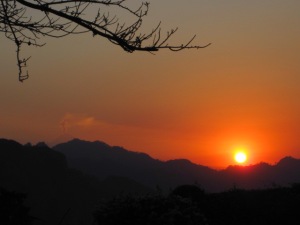“Sometimes the powerful force behind our life seems to make us a passenger. We aren’t in control. We identify with the force and think, ‘This is who I am,’ we wander without intention…Ignorance separates us from others, nature, and ourselves causing endless suffering.”
Last week I flew to Colorado, and I got to change my life. For the price of a plane ticket, the several conveyances to and from the Buddhist retreat at Phuntsok Choling, and the discomfort of countless hours of sitting on a cushion in a shrine hall, I was able to expand and define much of what I have been studying for the past thirteen years, not to mention the previous fifty. (B.B. Before Buddhism) My way of viewing the causes and conditions of my daily life and my understanding of why suffering and joy occur for each of us became clearer and clearer as I sat and listened and asked questions.
Here I summarize what I gleaned from the talks of my main teacher Dzigar Kongtrul Rinpoche and the three other teachers: Pema Chodron, Elizabeth Mattis Namgyel, and Dungse Jampal Norbu. To write this will be of great benefit to me and may interest you too. Of course, these comments of mine reflect what I was able to comprehend, or, even more likely, my capacity to understand the precepts and subtleties of the Buddhist teachings and Dharma. I’ll just do my best.
To preface my explanation it might be helpful for you to go first to the website for Dzigar Kongtrul Rinpoche’s sangha http://www.mangalashribhuti.org/, mostly for the benefit of the visuals. I could write “a thousand words” to illustrate the beauty of the typical Tibetan shrine with its ancient Buddha figures, the elaborate textiles surrounding the dais, the splendid fresh flowers arranged with the candles, crystal water bowls, and so forth. In general, a Tibetan Buddhist shrine is a feast for the eyes, far surpassing the Catholic altars familiar to me from my youth. Such sensuality is in keeping with the general understanding among Buddhists that life is to be embraced with all its splendor and its suffering. The MSB website has wonderful photos of the various teaching centers and events. Kongtul Rinpoche’s book Light Comes Through is also a good way to follow his teachings that are extremely intelligible. “User friendly.”
Day One
On the first morning of our retreat the large tent was filled with a gathering of about one hundred students all seated on cushions or chairs; the yellow color of the tent added a sunny aura to an already sunny day, at about 9,000 feet. We began with a series of chants mostly affirming the importance of living well and helping others to live well with minimal suffering. The NSS retreat (Nygima Summer Studies) is an annual event; and the teacher DzigarKongtrul Rinpoche places huge importance on the intense training that brings students from all over the world. Australia might have been the farthest point of departure, but there were people from all over the US, Canada, and Europe taking advantage of the opportunity to spend over a week with a great Tibetan Rinpoche to whom they are devoted as friends and students.
Our “curriculum” for the week was three major phases or “vehicles” of Buddhist training: Hinayana, Mahayana, and Vajrayana. These are in some ways sequential, like learning the cords on a musical instrument before one learns the composition. In the words of a wonderful MSB friend who has studied with Kongtrul for years as well as other Buddhist teachers, “each “vehicle” has a focus of development leading to enlightenment such as building the foundation, caring for others, and realizing egolessness…Elizabeth (Mattis) was very clear about how important it is to build a good foundation rather than to try to jump on board with some what some consider to be the ‘coolest’ teachings, those of Vajrayana.”
Hinayana is apparently the simplest and includes the simplest meditation technique that one learns when stepping on to a contemplative path. But here, with these talks, Rinpoche began by explaining the benefits we accrue as we learn to calm the mind in meditation which do not seem a direct result of meditation. By implementing the teachings in your own way, you slowly alter your way of viewing and reacting to things. To quote another great teacher, the Dalai Lama, “When your mind is trained in self-discipline, even if you are surrounded by hostile forces, your peace of mind will hardly by disturbed. On the other hand, your mental peace and calm can easily be disrupted by your own negative thoughts and emotions. The real enemy is within.”
Returning to the NSS talks, in the same context, Kongtrul Rinpoche spoke of the force that seems to drive our life, that prompts us to think, “This is me,” even when we feel separate from much of the causes and conditions that constitute our daily reality. Sometimes we spend time and energy trying to escape the forces in our life that frequently include suffering and confusion. These forces have little to do with our intention or wishes; indeed, sometimes we have no personal intentions, only going with the drift and flow around us. The subtle detail on our intentions is about our Karma. Apparently, some of our intention is a result of past actions. Our will or “intention” is not entirely free; we paid for it earlier. But we can use it well or poorly, and obviously we can’t dwell on it or blame it.
For example, and this is MY example, if we wake up every morning and dedicate ourselves to doing and being “good,” this brief practice will no doubt lead to positive results. Through defining your intention for the day, your actions will have better results. Simple. A caveat in Buddhism is that your intentions and actions are both important as are the results. Whether you win or lose is no more important that how you play the game. What is in your heart is ultimately what matters.
Another basic tenant in Buddhist thought is impermanence. Everything changes constantly. A familiar syllogism is “You never step in the same river twice.” Indeed, science now tells us that the universe is in transition as is our knowledge of what and how it works. In this context, all that a person can do is to act with good intentions and subsequently have a calm attitude toward the results. If we try to exercise too much control and become too attached to the results, considerable suffering will occur generally. Rinpoche described stupidity as discomfort without really knowing why, a craving for a different result. If we can accept the result, much of the discomfort will dissipate.
Later that day, Elizabeth Mattis Namgyal spoke. (She has just published a book called The Power of an Open Question that demonstrates her great interest in chaos theory.) She described the Hinayana path of Buddhism as denser and stronger than the Mahayana and Vajrayana paths and that it is like the base of a mountain. We all love to reach the top of a peak from which we have a great view, but we can only get there by climbing from the base. There is more specificity and structure in Hinayana which seems to limit our percentage of freedom (by being structured), but this is empowering once one has learned to use the options available through skillful means and meditation practice. We can see the sanity of our mind without the grip of our habitual patterns. “Sometimes you choose to be in your practice, but sometimes you forget,” and lose your allegiance to the sanity of your practice. If we only remember to stay calm and smell the roses, life works better for us.
Mindfulness of Mind
The next morning, Rinpoche took up the question of the mind and our relationship to it, saying, “Our intention to understand our mind is the key to enlightenment.” We are born with built in abilities toward self-reflection and self-awareness which are our tools for personal growth. To observe the dichotomy between subject and object as our mind perceives them can teach much about cause and effect and even our own neuroses as we watch the sometimes peculiar machinations of our thoughts, feelings, and conclusions.
To use his example, we can eat something very hot. If we are not paying attention, we are distracted, we hardly notice; but under other conditions, we can have a very strong response. This tells us much about the nature of our minds. I asked a question about a similar response. Occasionally, I will discover a significant bruise, usually on my hip or legs, where I have bumped into something with enough force to leave a mark without ever noticing the event. I will then usually try to recall when I ran into a table or other object. There should have been pain if I had not been distracted and failed to notice. He described the surgery of his root teacher Dilgo Khentse Rinpoche who underwent surgery without anesthetic. He didn’t need it. Mind over matter, in this case an understanding of his mind made pain an acceptable experience if, indeed, he felt pain at all.
My Experience
Before attending the NSS training, I had studied the teachings of Kongtul Rinpoche for nine months as part of the amazing online courses offered by Mangala Shri Bhuti. It was possible to download talks and text once enrolled, and I had the opportunity and the time, to study and meditate almost daily, following the Dharma. It was convenient and transformative for me as I have moved around so much in the past fifteen years that regular study with a teacher has been almost impossible. The eight days of intensive training in the presence of this fine teacher and the three other gifted thinkers/teachers was very moving. Many of my previous ideas were confirmed, but actually being with the Sangha (community) was heart-lifting.
Of course there were a few difficulties. I can’t really appreciate the Tibetan chants much. First of all, they are in Sanskrit and very hard to follow. Once I am lost as the group chants along, I get really frustrated. Fortunately that is part of my practice, and I have to just get over it and wait until someone shows me (my frustration emanating widely) the place in the chant book. I have to be patient which is one of the primary qualities of a “good” Buddhist which I don’t claim to be. (This reminds me of the Kung Fu TV series from years ago when the teacher would say to the student, “Patience Grasshopper.”) My same MSB “adviser” suggests that one should “try listening with your heart instead of your brain. There is beauty and joy in the rhythm of the words, and you can get a general sense of what it is all about even though you don’t understand the language.” Indeed the chants are lovely.
Also, certain aspects of the teachings, or Dharma, are hard for me to accept. For example, I don’t believe in “prayer” in the sense that I can ask for something from a higher power and expect to get it. I have to view prayer from a different point of view, as something that I plant as a seed in my life, mind, and universe in hopes of a result. And there are a few other things; but, by and large, the teachings are highly accessible and make a huge amount of sense. And this was all presented in the first two days!
Days 3-6 were devoted to Mahayana which is much larger in content, focusing on the contents of our hearts. I will write next about it.
I hope that this has been of interest and benefit as it has benefitted me to write it. It is difficult to claim wisdom, may seem presumptuous; but I learned a lot and hope that it might help others.
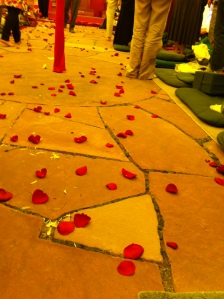


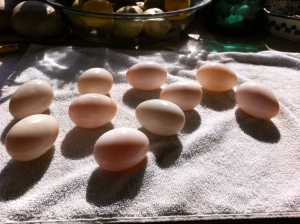
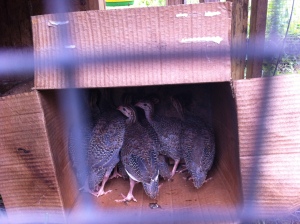
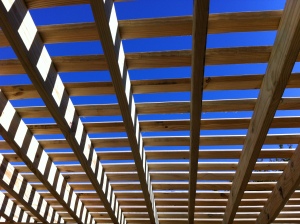
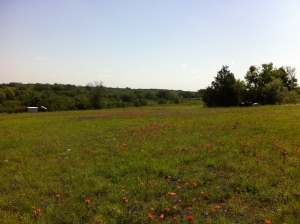

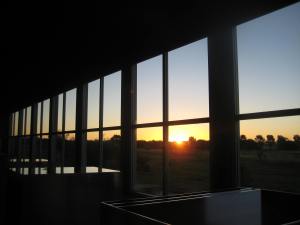
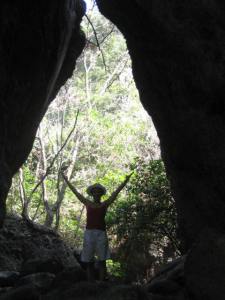




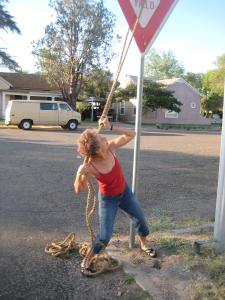

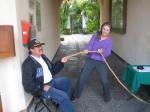
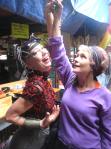
![tricycle-gallery-Vajrayogini1440x900[1]](https://howtofindhappinessinyourself.files.wordpress.com/2012/08/tricycle-gallery-vajrayogini1440x9001.jpg?w=225&h=160)
